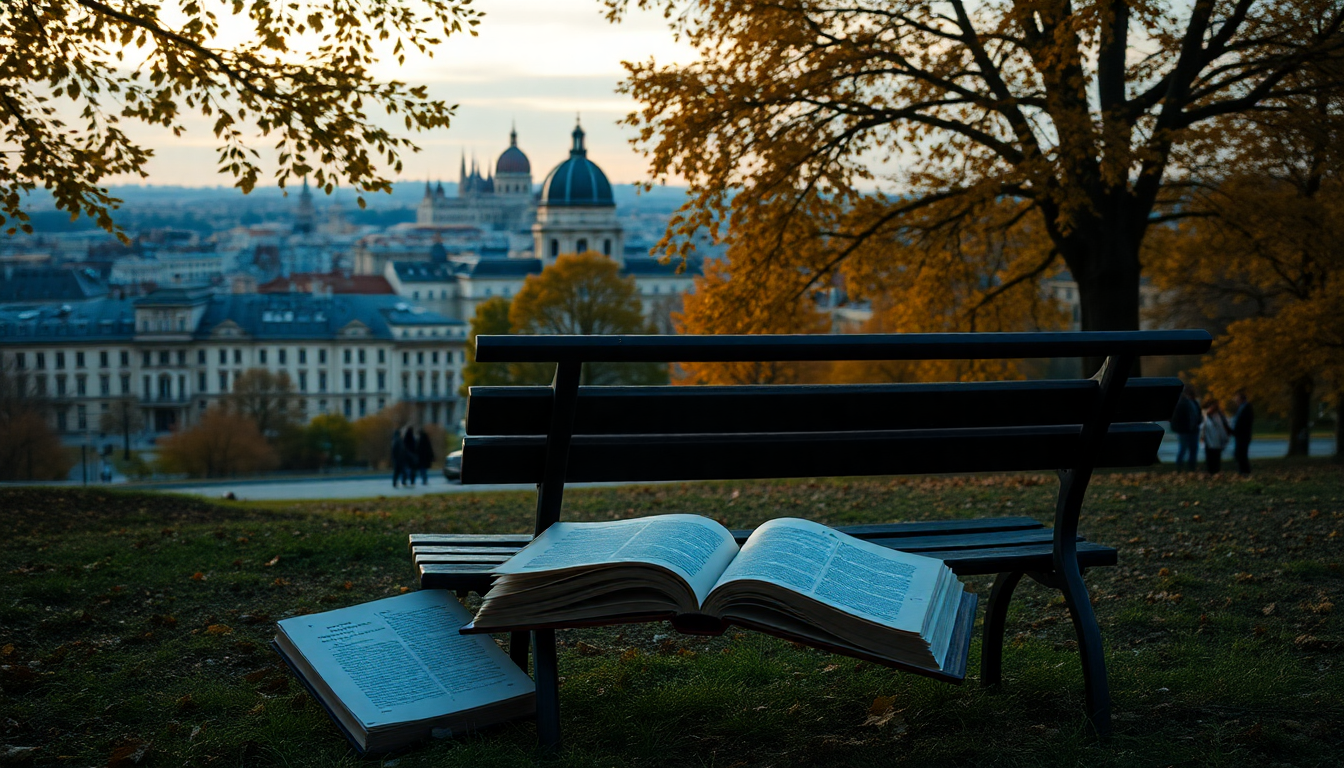Table of Contents
In a world where cinema acts as both a mirror and a lens to society, Hungarian filmmaker Dorka Vermes is making waves with her upcoming film, ‘Places Half Empty’. After gaining attention with her debut feature, ‘Árni’, which was nominated for a Queer Lion at the Venice Film Festival, Vermes’ second film promises to dive deep into the complexities of queer relationships against the backdrop of Viktor Orbán’s government.
But what makes this film stand out?
The Narrative Journey
‘Places Half Empty’ tells the compelling story of Noá, a thirtysomething independent woman navigating the hurdles of being an illegal cab driver in Hungary. Her life takes an unexpected twist when she crosses paths with Juli, a young woman yearning to break free from her controlling family.
Their instant chemistry blossoms into a passionate romance, but it’s not without its complications—financial burdens and Juli’s family expectations loom large.
Vermes doesn’t view this film simply as a tale of queerness. Instead, she sees it as a profound exploration of how societal norms and the political climate can shape love and identity.
The setting is more than just a backdrop; it’s a crucial element that drives the characters’ experiences and choices. This thematic richness makes ‘Places Half Empty’ a vital commentary on the search for belonging in a society that often marginalizes those who are different.
Have you ever felt that struggle for acceptance?
Production Insights and Industry Context
Produced by Non Lieu Film Productions, with Evelyn Balogh and Botond Lelkes at the helm, the film emerges from a climate of artistic resistance. In light of the Hungarian government’s increasing control over cultural institutions, including the University of Theater and Film Arts, many filmmakers, like Vermes and Lelkes, have taken a stand for creative freedom.
This fight is mirrored in the film’s production, where the FreeSZFE Society plays a pivotal role, showcasing the broader movements among artists striving to redefine their creative spaces. What does it mean for artists to push back against oppression?
The current landscape for Hungarian filmmakers is quite challenging, especially as state-funded projects become increasingly scarce under the Orbán regime.
Yet, a fresh wave of independent cinema is rising, propelled by filmmakers determined not to be silenced by financial limitations. Balogh points out how the breakdown of established institutions has sparked innovation and collaboration, leading to a vibrant cinematic community. Isn’t it inspiring how creativity can thrive even amid adversity?
A Diverse Palette of Characters and Themes
‘Places Half Empty’ shines not just through its heartfelt narrative but also thanks to its eclectic cast of characters that enrich the storytelling. Take Juli’s family, for instance—they run a chihuahua-breeding business, injecting a dose of absurdity and humor into the otherwise serious themes. This blend of the mundane and the profound highlights the intricacies of the human experience, especially in a setting where love and identity are in constant flux.
As the film approaches its industry presentation, the team is hopeful about connecting with producers and industry professionals who are eager to back their vision. Despite the political challenges they face, Balogh underscores the importance of visibility for Hungarian cinema. “We are here,” she asserts—a powerful statement that resonates with the collective strength of artists reclaiming their narratives amidst adversity. The road ahead may be tough, but the film’s messages of love, identity, and resistance are more critical now than ever. Are you ready to support this journey?





